Tuesday, 23 April 2024
Menu

In 2018, a team of divers stumbled upon a lead anchor stock adorned with inscriptions on both sides. The first side bore the inscription
Straton ◦T◦S, while the opposite side displayed OFIDI◦T◦S. Subsequent exploration dives, spearheaded by Vedran Dorušić, owner of Foka Dive Centre and the anchor’s discoverer, led to the unveiling of the Roman shipwreck lying approximately 38 metres below sea level. Named Letavica after the adjacent promontory, the project adopted the moniker Straton from the anchor stock inscription.
During a visual exploration of the shipwreck, two additional anchors were discovered on one end of

the ship. Remarkably, one of these anchors also bore the inscription Straton. Since its initial discovery, annual underwater archaeological investigations have been conducted to uncover the treasures hidden beneath the seabed around the mound of Roman amphorae. In fact, numerous objects, presumed to be personal belongings, have been unearthed over the years. These findings resulted from underwater excavation projects overseen by leading marine archaeologist Irena Radić Rossi from the University of Zadar.
Underwater archaeological excavations, though theoretically similar to those on land, face unique challenges such as time constraints due to air supply and decompression. A large grid is submerged and positioned over the area of interest, facilitating the excavation of historical objects. Hydraulic hoses and dredges, connected to a surface hydraulic pump, remove sediment without hindering the diver’s visibility. Divers work within designated grid squares, excavating during the predetermined bottom times. Recovered artefacts are brought to the surface, catalogued, and labelled based on their grid location.
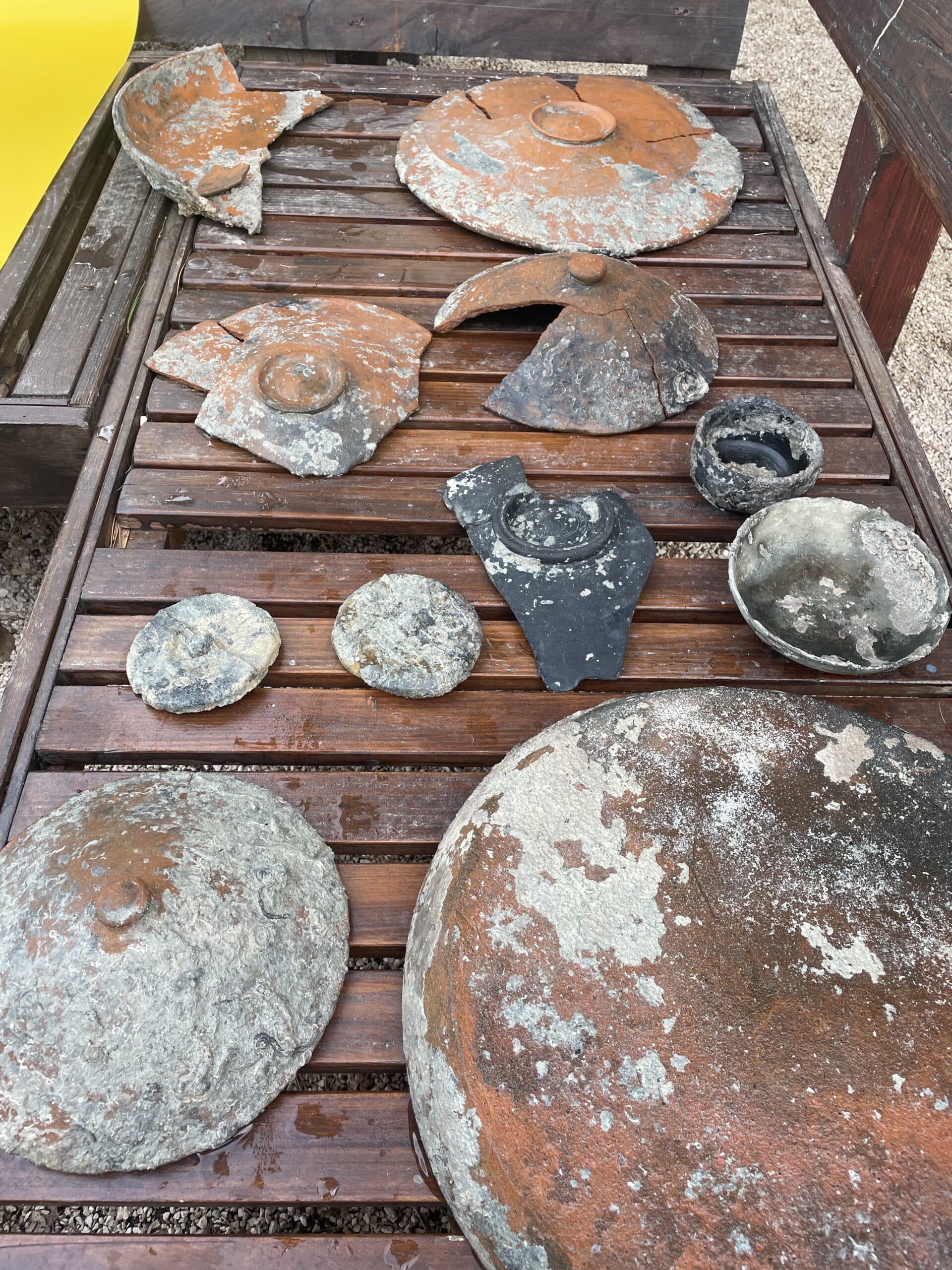
The 2023 campaign revealed several kitchenware items and abundant amphorae stoppers, almost entirely preserved. This excavation was particularly special as all uncovered artefacts were concentrated within the same area, suggesting the possible presence of a
collapsed kitchen cupboard buried with minimal disturbance. Items discovered include plates, cups, large bowls, sieves, and jugs.
The Straton Project’s main objectives are to preserve, research and document the site for further contributions to marine archaeology. Additionally, the project aims to provide an archaeological perspective, bringing people together to experience the site.
The shipwreck itself comprises a large mound of ancient, concreted amphorae lying beneath the sloping sandy and partially rocky upper continental shelf. The wreckage indicated that the ship initially sank in shallow waters but came to rest at the foot of the slope.
Estimates suggest that the shipwreck contains an average of 400 Lamboglia 2-type amphorae, a typical Roman Adriatic typology, piled on top of each other with some scatter. The amphorae characteristics date to around the 1st century BCE, at the time of the Late Roman Republic Period. Using the amphorae as a tool to approximate the ship’s dimensions, it was deduced that the ship measures around 20 to 25 metres in length, but the main amphorae concretions measured around 23 to 24 metres long.

Croatia holds a treasure trove of historical underwater sites in the Mediterranean, many of which are accessible within the bounds of recreational diving. Beyond the Straton Project, the waters surrounding Croatia hide remnants of ancient civilisations, submerged sites, and shipwrecks that offer a glimpse into the region’s rich maritime history.
Divers exploring these waters may encounter artefacts from various periods, including the Illyrians, Romans, Venetians, and Austro-Hungarians. The Adriatic Sea, with its clear blue waters and diverse marine life, serves as a living museum, inviting enthusiasts to delve into the submerged chapters of Croatia’s fascinating history.
The Letavica shipwreck can be dived through the Foka Diving Centre, the main dive centre that focuses on the management and preservation of the historical site. The dive centre facilitates all diver needs including equipment, courses, and education on both the history of the site and diving.
One can visit for more information about the island of Pag. Contact for a visit to the Roman Shipwreck

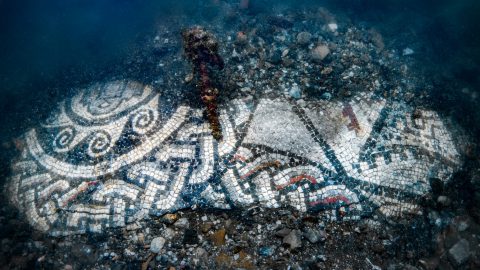


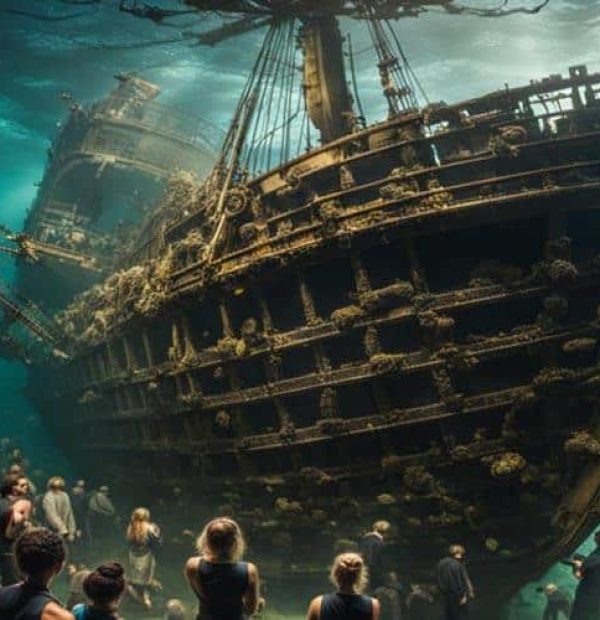


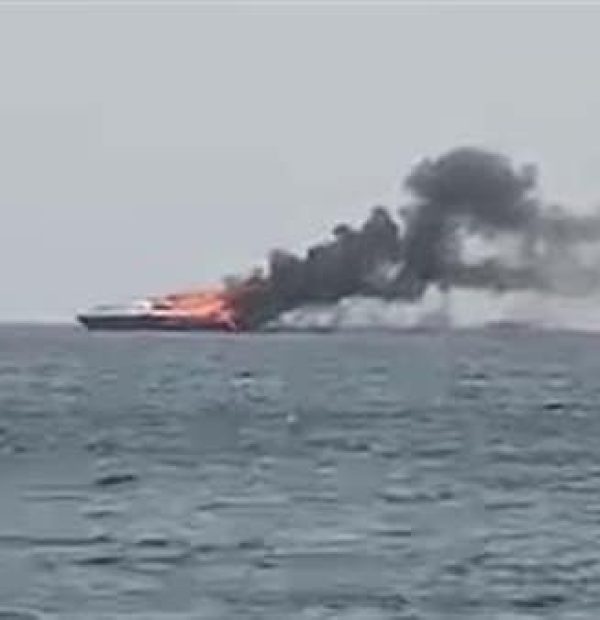
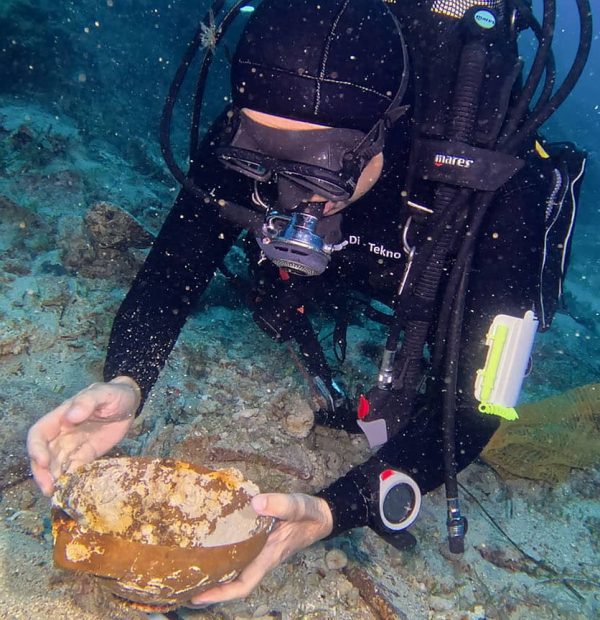

Welcome to DIVERS24.COM, your daily source of scuba news, freediving, scuba diving information, and equipment reviews. Our comprehensive coverage of the dive industry from A to Z provides you with all the latest scuba news, training updates, underwater photography tips, and everything else related to scuba diving. Whether you’re a beginner or an experienced diver looking for more knowledge about scuba gear or techniques – we’ve got it covered! With our in-depth articles written by experienced divers who have been there and done that, you are sure to find exactly what you need here at Divers24.com. Dive into scuba news today!
Underwater Media Sp. z o.o.
Szafarnia 11/F8,
80-755 Gdansk, Poland
Welcome to DIVERS24.COM, your daily source of scuba news, freediving, and scuba diving information. Sign in for a weekly news update and discount coupons for dive gear and apparel.
@2023 - underwatermedia.pl. All Right Reserved. Designed and Developed by Tworzenie stron internetowych Gdansk

The Divers24 portal is currently the largest online medium treating diving in Poland. Since 2010 we have been providing interesting and important information from Poland and around the world on all forms of diving and related activities.
Contact us: info@divers24.com